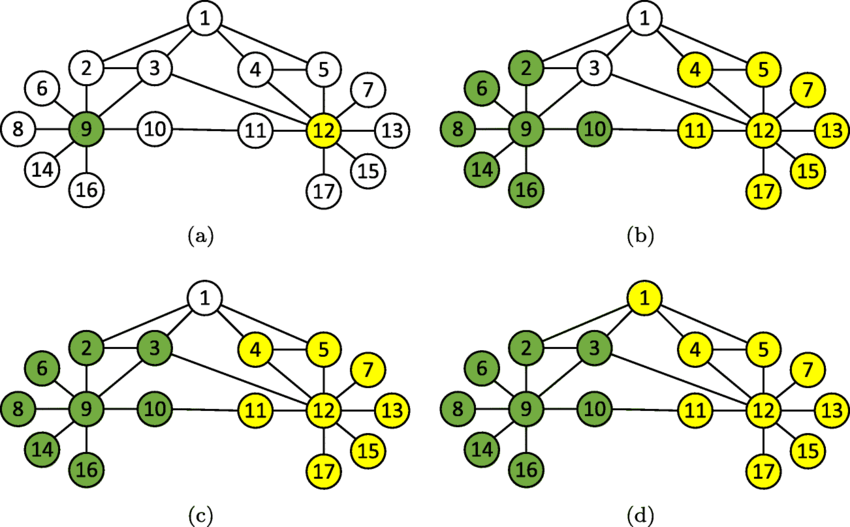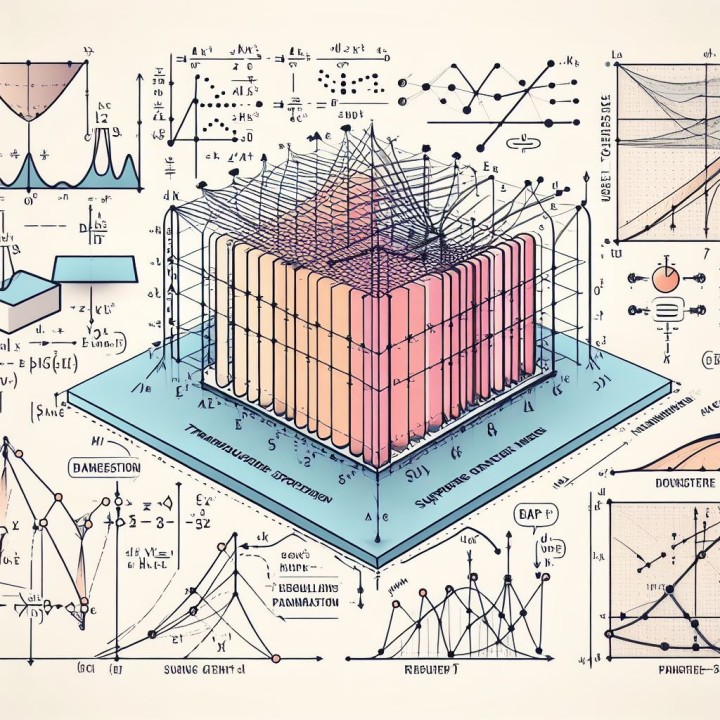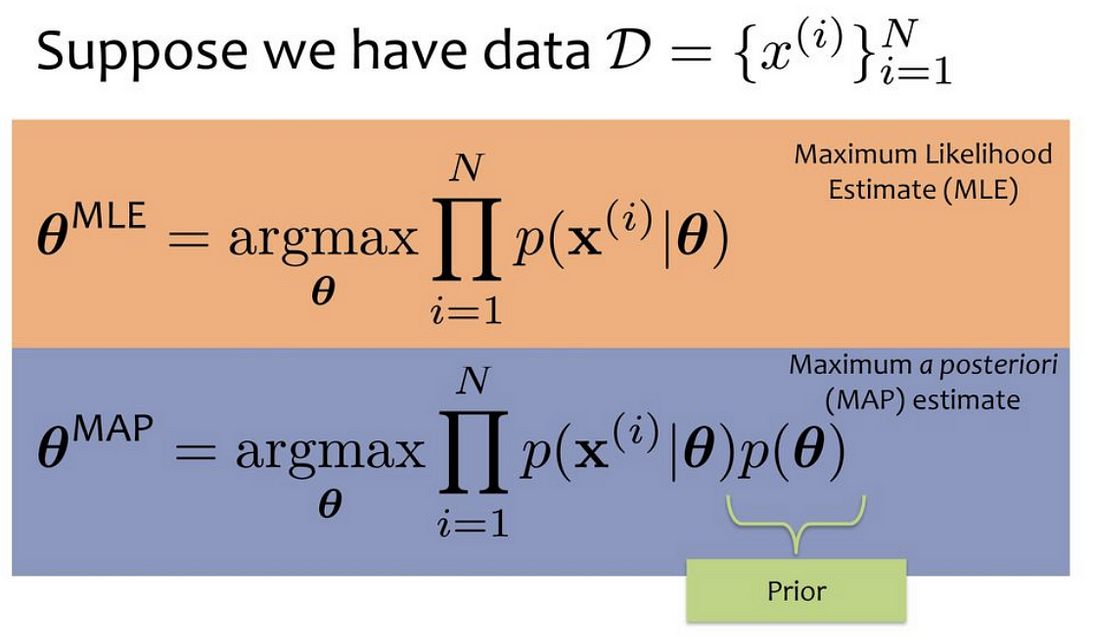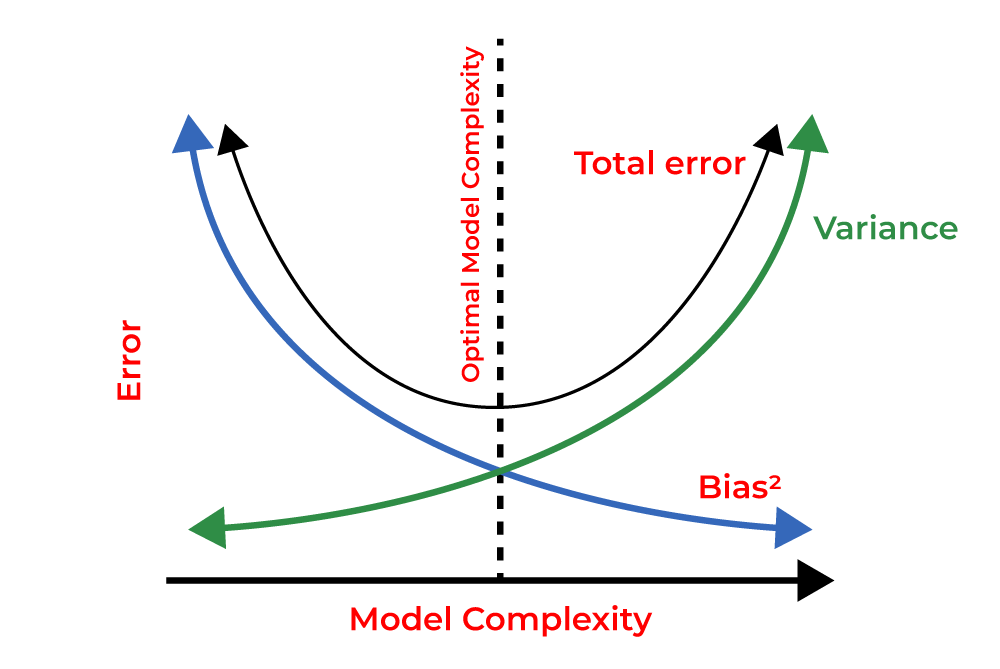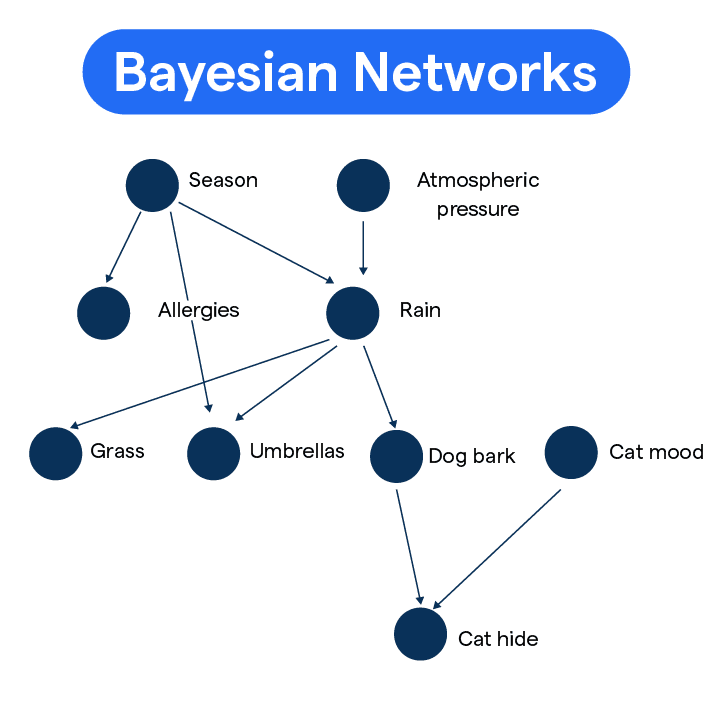A Brief History of This Tool Label propagation, a machine learning algorithm for semi-supervised learning, was first introduced to leverage both labelled and unlabelled datasets for enhanced predictions: researchers in statistical physics and computer science, such as Xiaojin Zhu, significantly …
Introduction Picture a map of interconnected cities. You know the names of a few cities, and their connections help you understand the others. Graph-Based Semi-Supervised Learning (GBSSL) follows a similar principle: it uses labelled and unlabelled data points connected in …
Imagine you’re baking a cake for a competition: you test the recipe multiple times at home before presenting the final version to the judges. The home trials are like the training set, where you perfect your recipe, while the competition …
Imagine you’re testing the strength of a chair: instead of sitting on it just once, you test each leg to ensure stability. Cross-validation works similarly in machine learning workflows: it evaluates a model’s reliability by testing it on multiple subsets …
Separating clusters of dots on a page when only a few are labelled requires precision. Transductive Support Vector Machines (TSVMs) do just that: they combine labelled and unlabelled data to find the best classification boundary, optimizing for the current dataset. …
A Brief History: Who Developed It? Maximum Likelihood Estimation (MLE) and Maximum A Posteriori (MAP) Learning are cornerstone techniques in statistical learning. Ronald Fisher introduced MLE in the early 20th century as a tool for statistical estimation. MAP, building on …
A Brief History: Who Developed Regularization? Regularization, a key technique in machine learning, originated from statistics and mathematics to address overfitting in predictive models. Popularized in the 1980s, it became central to regression analysis and neural networks. Researchers like Andrew …
A Brief History of This Tool Bayesian Networks, introduced by Judea Pearl in the 1980s, revolutionized the modeling of uncertainty in complex systems: his work integrated probability theory and graph theory to address challenges in reasoning under uncertainty. This tool …
The Tangled Wire Dilemma: A Picture for Complex Problems Imagine being handed a tangled ball of wires and tasked with fixing the connection. You carefully trace one wire, hoping to solve the issue, only to make the knot worse. This …
A Brief History: Who Developed It? The Completeness Score, a clustering evaluation metric, was introduced to enhance machine learning analysis. It builds on foundational works like the Rand Index and Mutual Information Score: these earlier methods laid the groundwork for …


